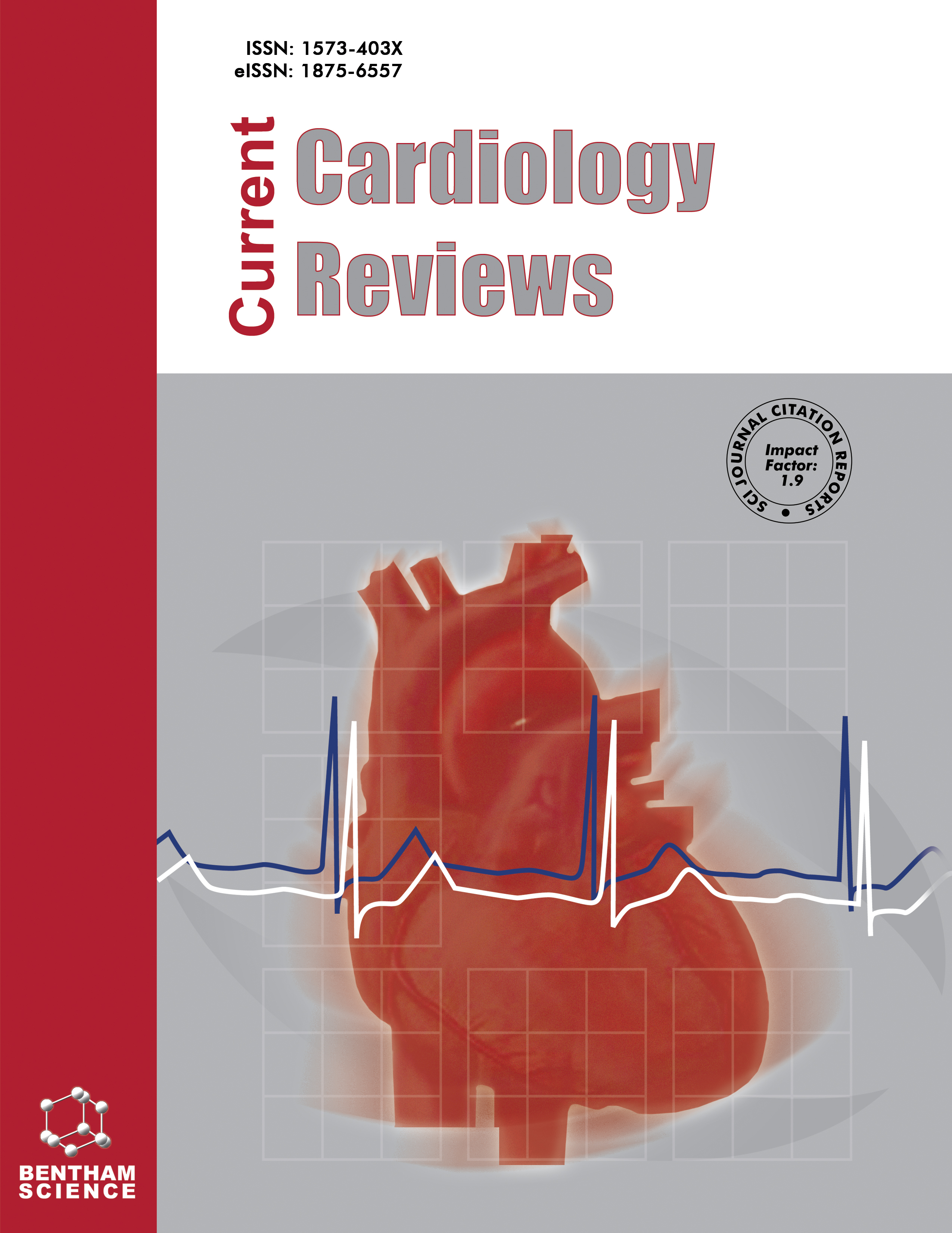
Full text loading...
We use cookies to track usage and preferences.I Understand
Radiation exposure poses a substantial occupational risk for healthcare professionals in the catheterization laboratory (cath lab). The escalating complexity and frequency of interventional procedures, such as cardiac catheterizations and percutaneous coronary interventions, underscore the need for innovative strategies to mitigate radiation exposure. While traditional measures like lead aprons, thyroid collars, and goggles have been pivotal in reducing radiation exposure, they have limitations, especially during prolonged and intricate procedures. Consequently, there is a growing demand for advanced radiation protection methods that prioritize safety without compromising procedural efficacy. Recent strides in radiation protection technology have given rise to novel shielding devices and zero-radiation approaches tailored for cath lab use. The novel shields leverage innovative materials and designs to achieve superior attenuation of both scattered and direct radiation. Their ergonomic and adjustable features also ensure optimal shielding coverage without impeding the operator's skill or workflow. Multiple studies have validated the effectiveness of these advanced radiation protection methods in diminishing occupational radiation exposure in the cath lab. Initial findings suggest a significant reduction in doses for operators and staff, potentially lowering the risk of radiation-induced health complications over the long term. This article provides a comprehensive review of the current landscape of radiation protection shields in the cath lab, emphasizing the efficacy and potential of these cutting-edge shielding technologies.

Article metrics loading...

Full text loading...
References


Data & Media loading...

